|
Project Progress:
Outreach and Training
Events and Presentations
Publications
0 Comments
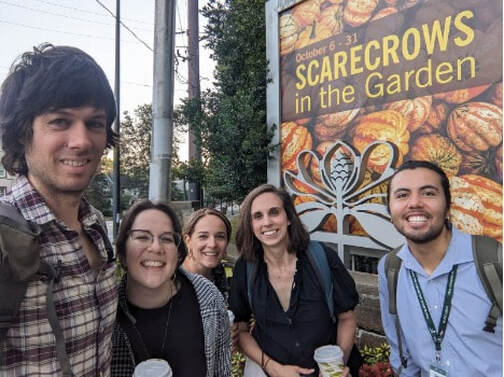 Events and Presentations:
Publications:
We had two new members join the Hoban lab this month: Mikaely Evans, a rising junior at Macalaster College, started her time in the Hoban lab as a NSF REU; and Samarth Mohan, a rising high school junior, started working as a volunteer. Very exciting news and welcome to them both! Additionally, Emily Schumacher was promoted to the Tree Conservation Biology Lab Manager in the lab. In her new role, Emily will work closely with the lab scientist in planning new methodologies and initiatives to continue to grow the Tree Conservation Biology program and increase her role in managing budgets and grant reporting. With Emily’s guidance, the program will seek ways to more effectively research and disseminate knowledge on tree conservation biology, mentor future plant conservationists, and manage a complex set of strategic partnerships including NSF, IMLS, USGS, IUCN, the US Botanic Garden and US Forest Service. Publications:
Project Progress:
Professional News News
Publications
Project Updates Around the Arboretum In honor of women's history month, the arboretum hosted a women in the environment series. Research assistants Emily Schumacher and Austin Koontz attended one of these talks by Tanisha Williams, PhD, one of the founders of #BlackBotanistsWeek who is a postdoc at Bucknell University. Tanisha spoke about her personal relationship with botany and how many other black women have been foundational to our understandings of planets, and also how we can connect more people of color with botany. What an incredible talk!
News
Publications
News
News
Big thanks to Meghan Midgely, Savannah Henderson, Jorge Jaime-Rivera, Abigail Leeper, Marvin Lo, Karina Orozco, and Brendon Reidy for helping sterilize the research fridge last week and also to Sean Hoban, Austin Koontz, and Jorge Jaime-Rivera for helping with the pole pruning. Emily is really excited to start collecting acorns and germinating them in a few weeks! Below are more pictures taken during preparatory field work:
News
|
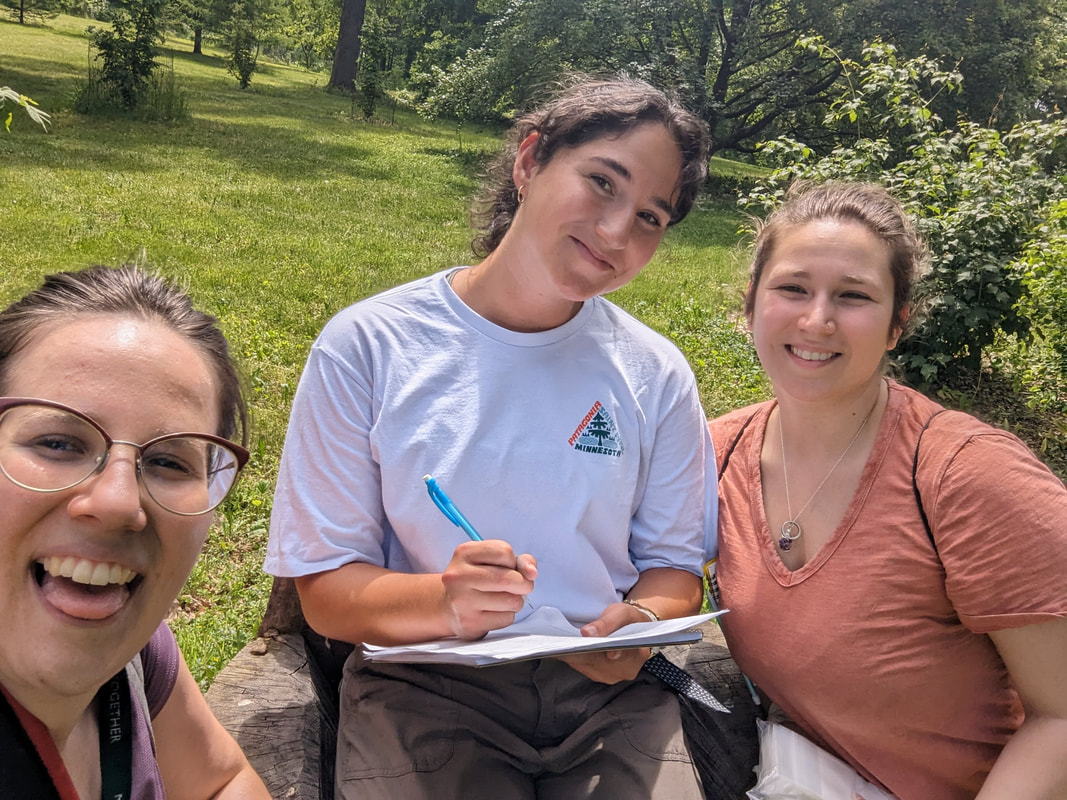
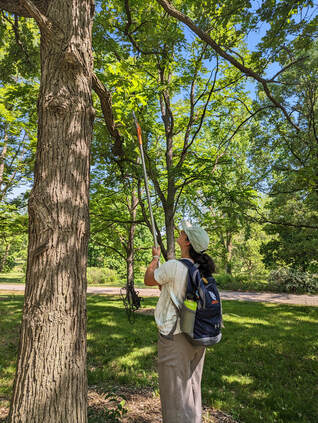
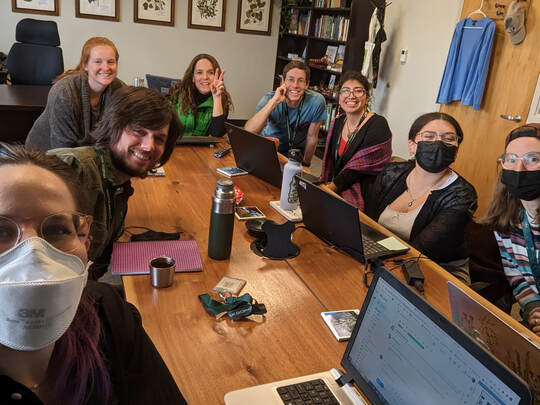
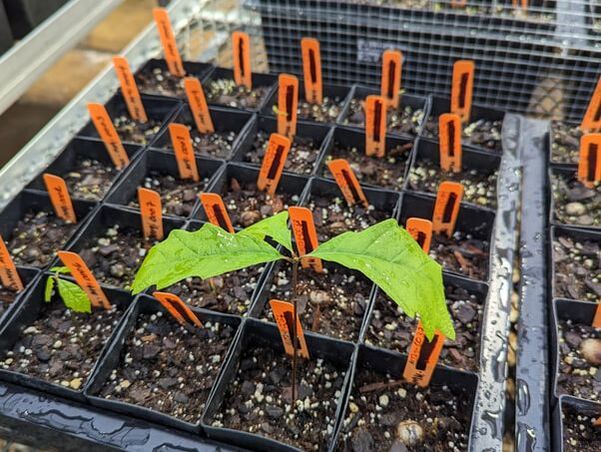
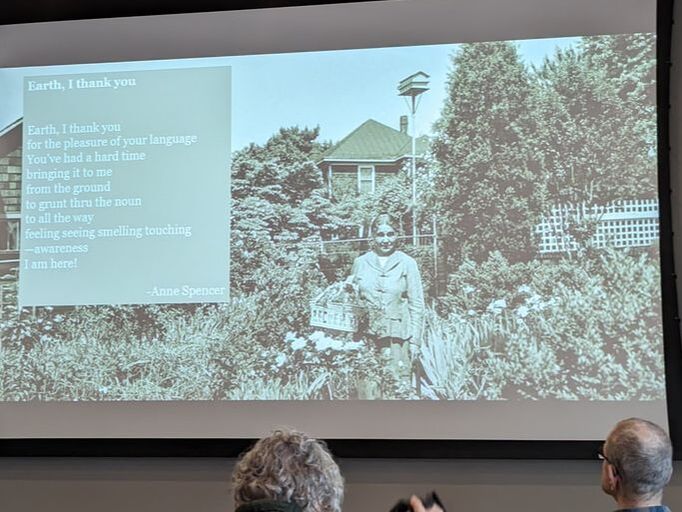
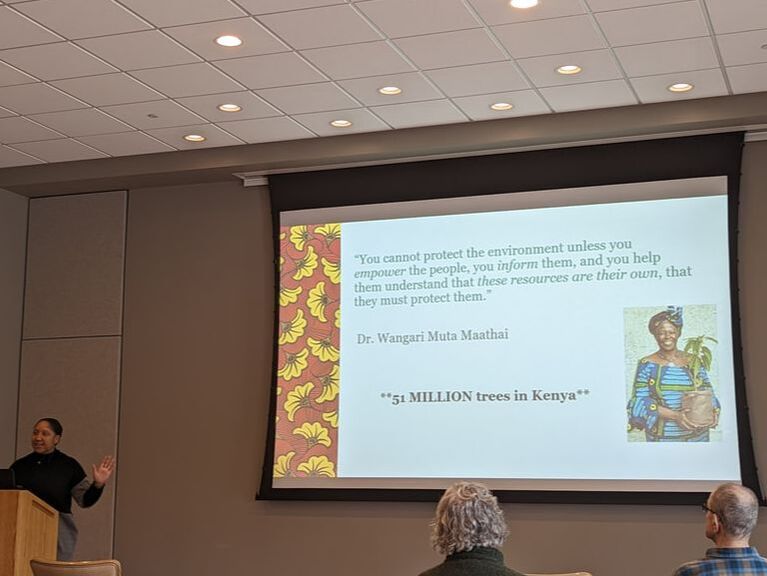
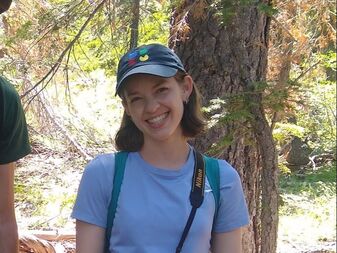
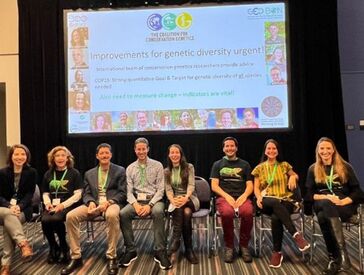
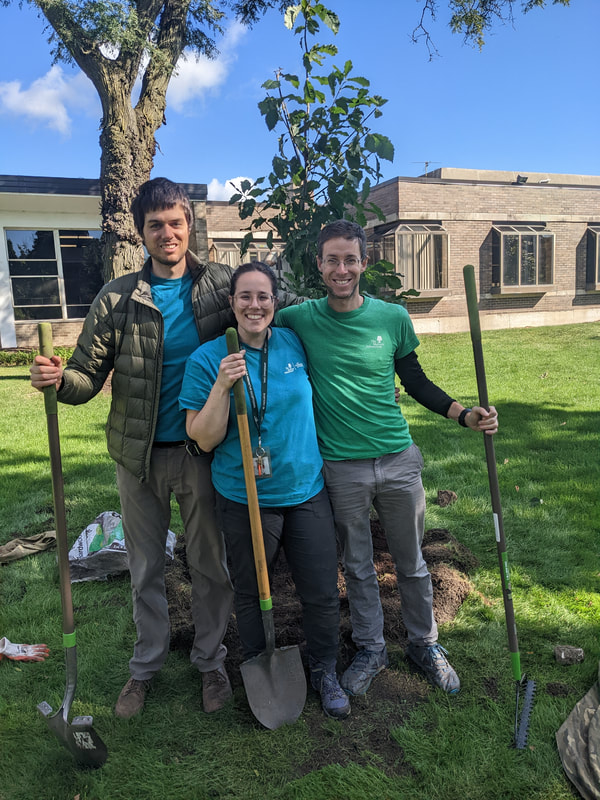
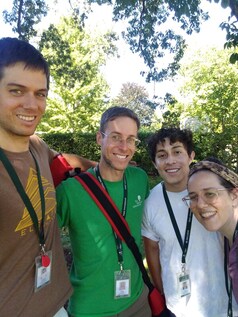
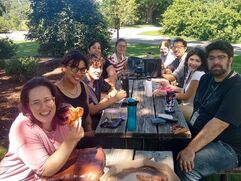
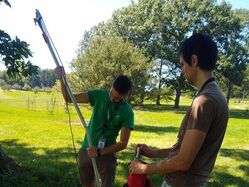

 RSS Feed
RSS Feed